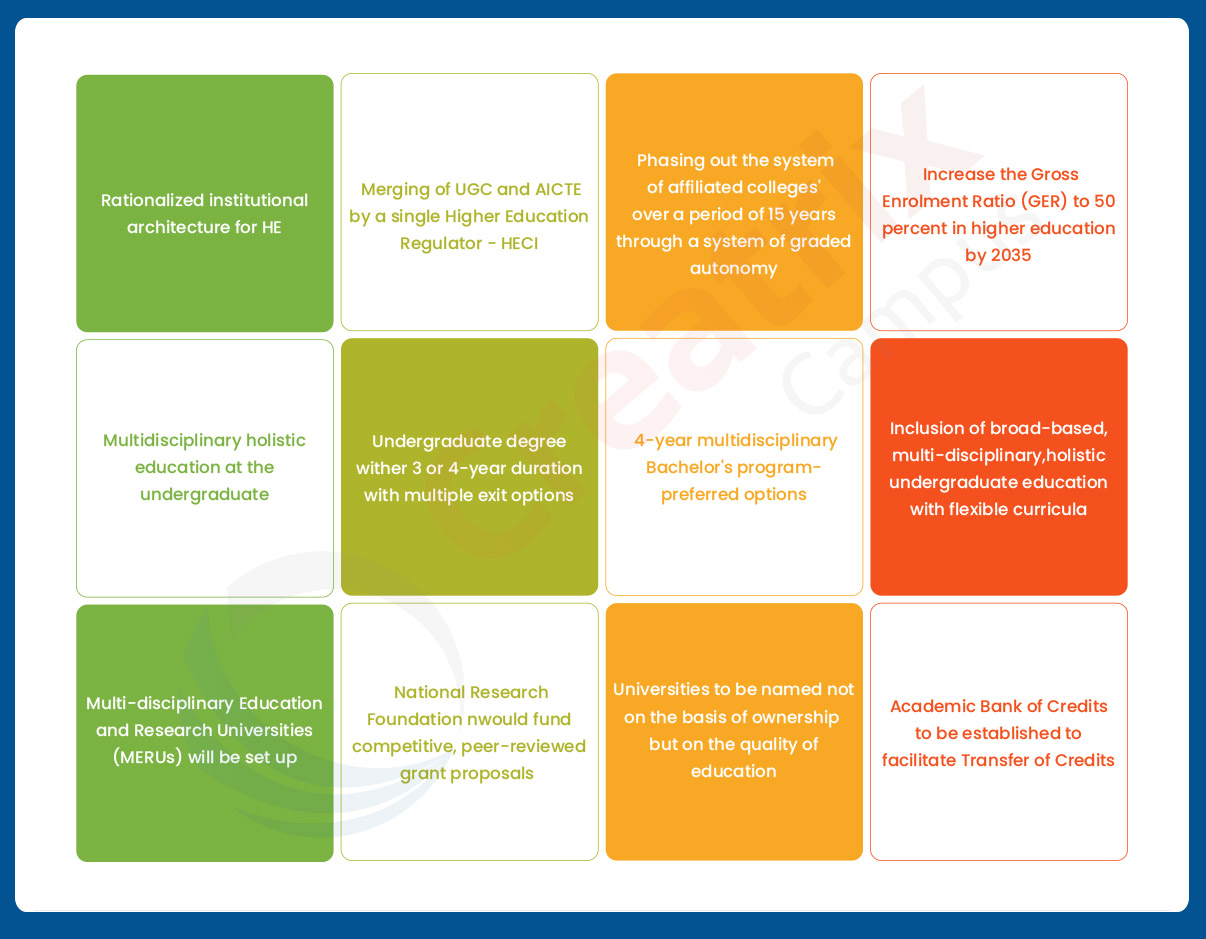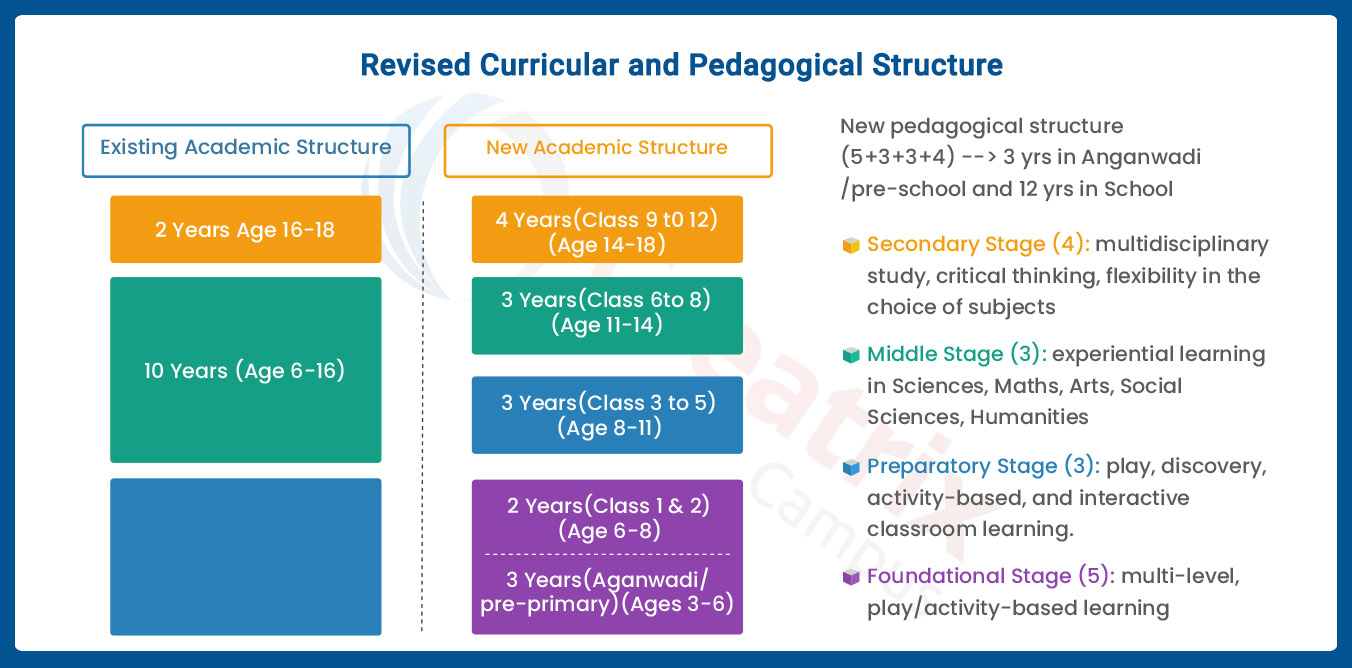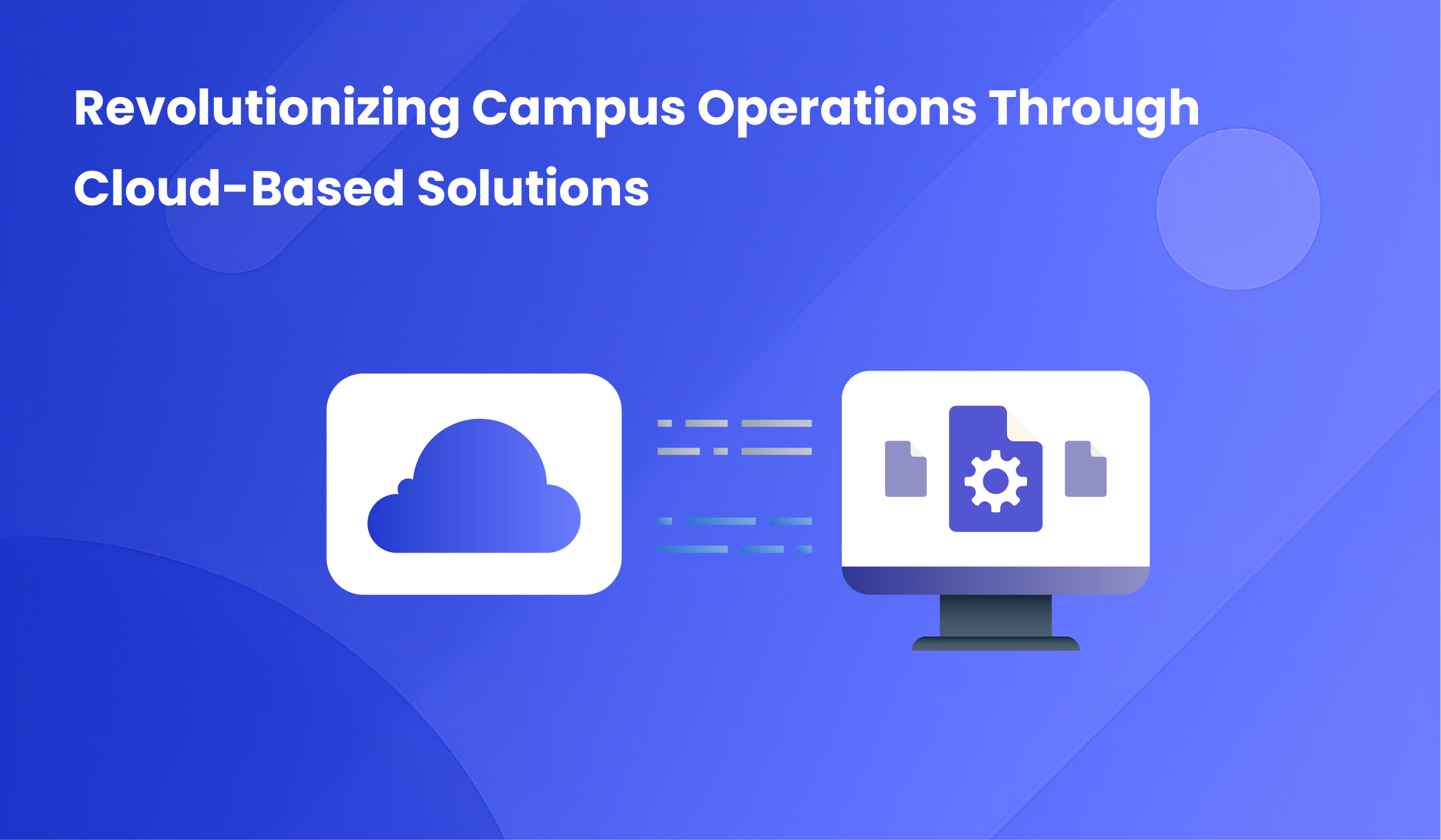The A - Z of the new National Education Policy NEP 2020

The much speculated and much-awaited The National Education Policy 2020 (NEP) has finally been approved by the Union Cabinet on May 29, 2020. It is a major overhaul with some massive amendments and reforms in schools and higher education than its previous one in the year 1986.
This revival after a gap of 34 years is much needed. With time and advancement, there has to be a transformation in all sectors and education is no exception. Creating a fresh, diversified, inclusive, and advanced educational vision was, therefore, necessary and urgent.
Union Minister Prakash Javadekar in his address in the press conference affirms that "Union Cabinet chaired by Prime Minister Narendra Modi has approved the new education policy for the 21st century. It is important as for 34 years there were no changes in the education policy. I am confident that this will be welcomed by the entire society and nation as well as the world's educators."
The key points from the National Education Policy NEP as shared by the Secretary of Higher Education and Secretary of School Education will have futuristic implications for the students of India and the nation as a whole. Let us see the key takeaways of the NEP, how it is different from the current system, look into how it is going to impact the students, its benefits, shortcomings, and the way forward.
What are the Key Principles of NEP?

Key Takeaways
K - 12
- Highlighting the National mission on education which is to focus on basic literacy and basic numeracy
- The major reformations in pedagogical structure will not have any rigid separation between streams
- The separations between vocational, academic, curricular, and extra-curricular studies will be expelled
- Board exams will test the knowledge acquired instead of rote learning

Higher Education
- NEP’s main target concerning higher education is to hit the target of a 50% gross enrollment ratio by 2035 with provision for multiple entry/exit.
- In cases during multiple entries and exits, certificates would be given after the first year, for diploma, it’s after the second year, and for the degree, it’s after three-four years.
- Discontinuation of MPhil courses
- Only one regulator authority for HE in the country with separate verticals for approval and finance. The regulator will work on the 'Online Self Disclosure Based Transparent System'.
- All HEI, other than Law and medical colleges will be run by the same authorities. Shared rules for both private and public higher educational institutions.
- A four-year degree program can then do an MA and then a Ph.D. directly without an MPhil.

How is it different from the current system?
The NEP 2020 breaks away from its predecessors in many ways. Unlike its predecessor, the 2020 NEP is built on ground pillars including access, equity, quality, affordability, and accountability. Its amendments aim to look realistic and towards the fast pacing future.
The big changes in board exams, new curriculum structure, coding lessons, regulation, holistic multidisciplinary education, Early Childhood Care & Education with new Curricular and Pedagogical Structure, Multilingualism, Assessment Reforms, Online Education and Digital Education is new from the existing policy.
All these initiatives layout the clear-sighted vision of NEP, with no social group being left behind and making the Indian education system a global destination.
How is it going to impact the students?
A boost in the GER ratio with universal access to education
We all are aware that higher education in India has reached an accent point. Despite many policy measures, many students continue to be out of the education system.
As per the news quoted in Financial Express, in India, we have around 3.74 crore students enrolled in 51,649 institutions with a GER of 26.3. The MHRD 2018-2019 report states that 91 lakh students graduate per year, which is officially the largest education system in the world.
The major impact of NEP 2020 would be to provide increased access, equity, and quality, all in a single row. With the universalization of school education from preschool to the secondary level, there would nearly be two crore children brought back to school, showing 100% of increased GER [gross enrolment ratio] by the year 2030.

Source: Hindustantimes.com
Reformed pedagogy and curriculum
The standard 10+2 system is now divided into 5+3+3+4 format. NEP’s this move exposes students to multilevel, play-, activity-, and interactive-based classroom learning with more exposure to experiential learning and critical thinking.

Improved quality in learning
There is going to be an improved quality in the learning of multidisciplinary colleges including vacation and general education. Research would improve due to the formation of the National Research Foundation (NRF) which focuses on building a strong research culture across higher education.
Inclusive efforts for building equity
NEP 2020 has the gender inclusion fund for improving equity for the disadvantaged regions in our country. The policy is going to be a great aid for SC [scheduled caste], ST [scheduled tribe], and other disadvantaged sections. Thanks to the Special Education Zones setup for the backward regions. With Balika Vidhyalayas and tribal welfare pre schools and, there’s going to be a lot of out-of-school girl children and those never enrolled in the mainstream.
Multiple entry and exit System
There is greater flexibility associated with this academic bank of credits framework, which allows the higher education sector to give multiple entries and exit options for students. Hence students can opt sabbatical and then rejoin after some time, without missing their credits.
Progress in Digital Learning
The ramp-up in digital learning by the National Education Technology Forum NETF with e-courses will help students and the institution ready with complete preparedness even in the times of COVID. Students would experience a newer level of teaching with online courses, blended learning, and digital repositories.
They get more collaborative and prepped up for the future.
Education via local language
Children adapt to learning a new language quickly between 2-8 years, hence the multilingualism reform in NEP 2020 is certain to cultivate their cognitive benefits even at the Foundational Stage.
Real-world experience for students
This new policy gives students increased flexibility and choice of subjects to learn across the arts, humanities, sciences, sports, and vocational subjects. The departments in Languages, Literature, Music, Philosophy, Indology, Art, Dance, Theatre, Education, etc from Grade 6 will allow students to master a new skill, trade, or even a business.
They get better exposure to working along with an architect, a designer, an entrepreneur, maybe even an astronaut.
Innovative Pedagogy
Children will ultimately fall in love with the innovative pedagogical learning that transforms the teaching/learning process. What more would they need other than experiential learning, integrated pedagogy, peer tutoring, equal weightage, bagless days, and the textbooks with local content and flavor?
Benefits of NEP 2020
- Universalization of Access – from ECCE to Secondary
- Students acquire more practical knowledge than the mere rote learning
- The student will have increased flexibility in the choice of subjects to study
- Reduction of curriculum content and to promote essential learning and critical thinking
- Students nurture a scientific temper even during young age
- With rich and quality education, by the time students complete their higher secondary education, they will become at par with the global standards
- More global exposure with foreign colleges being set up in our home country
- India to attract more foreign students for education
- Added importance is given to practical assignments and skill development
- Exposure to music, arts, and literature to students
- Students gain greater exposure to vocational skills and Coding being taught from Class 6
- The way for a new wave of learning with critical thinking along with discovery, discussions, and analysis
- A specific and action-oriented policy that is outcomes-driven
- Emphasizes quality in higher education
- Stresses on research and funding to private institutions
- Improved Quality and achievement of learning outcomes – Foundational Literacy & Numeracy (FLN)
- Focus on 21st-century skills in teaching, learning, and assessment
- Students overcome the language barrier in learning
The shortcomings of NEP 2020
To many, the NEP reform is considered as a boon to our entire gamut of education. To the other few, it carries some challenges visible in it. Here are some;
- The Policy talks about exits for children to drop out and re-enroll and at the same time initiates the Right To Education till class 12. The better way would be by removing the ‘exits’ as a normal way-out and making education a compulsory venture for students below 18.
- Leave alone the digital aid, most children are not provided access to basic education. How would these children, without basic aid suppose to study from ‘digital open schools’ on computers?
- Nothing is mentioned about how the digitalization of classrooms is going to take place.
- Talking about the quality of education taught in schools, NEP has drafted out elaborate plans for shaping new teachers through Continuous Development Program (CDP), what would happen to the older teachers and their capacity building? Any mention?
- No reference to sports and other physical activities including dance, karate, and yoga as a significant part of academics.
The way forward - NEP 2020
Come what may, the New National Education Policy NEP promotes a participatory, holistic, and inclusive approach into education. The policy released is the result of field experiences, factual research, feedback from stakeholders, and lessons learned from best practices. Its progressive march is a shift to a more scientific approach to education.
The authorized structure without a doubt caters to the cognitive development of the child, gives them social and physical awareness. If implemented with the same inspiration, the new structure can make India become one of the leading countries in the world and make our children and youth realize potential and contribute to national development.
How could Creatrix Campus help you?
The NEP’s dreams, vision, and goals are big. As a higher education institute, how are you going to transform your higher education institution in NEP’s route? How are you going to accommodate these revolutionary changes in your higher education institutions to become one of India’s global knowledge superpower?
The curriculum, learning outcomes, competencies, has a long way to go. Inculcating your students with 21st-century skills in teaching, learning, and AI-based assessments and integration of technology for innovative pedagogy is possible with Creatrix Campus end-to-end higher education software.
We empower Higher Educational Institutions with what they most deserve with a combination of solutions including SIS, LMS, Curriculum Management, Accreditation, OBE, CRM, FMS, Assessments, Scheduling, all in one. If you wish you know how other higher educational institution’s journey has been with us, contact us.



